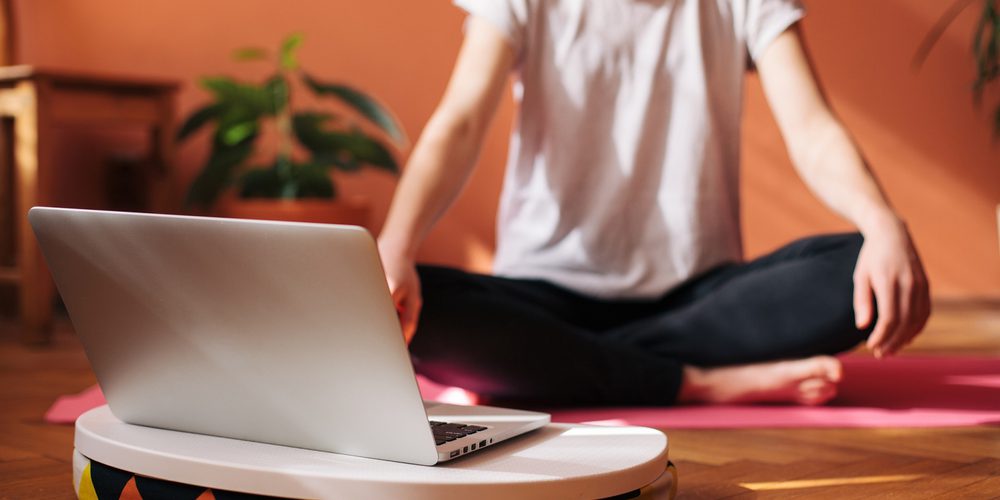What if the key to unlocking the secrets of yoga was not just through the study of ancient texts but rather through immersing yourself in different learning styles? By challenging the traditional teaching paradigm and encouraging an innovative learning environment, teacher training schools can ensure that their students experience yoga not only from text-books but also visually, musically, linguistically, kinaesthetically, mathematically, in community and privately.
Introducing Blended Learning…
Yogacampus, a not-for-profit yoga education provider, is challenging traditional learning methods by putting students at the centre of the learning process and ensuring that their preferred learning styles are catered for. Blended learning, which mixes traditional face-to-face education with technology, allows students to engage through visuals and online interaction even when off campus and long after they graduate.
How does this look in practice?
Blended learning allows students to study at home along with regular face-to-face weekends of learning. By including a virtual environment, learning is not limited to a physical classroom. Learning can happen over longer periods, in bits and pieces, from home, from a coffee shop, or during a lunch break, depending on what works for your schedule.
With blended learning, incorporating different learning styles becomes possible – PowerPoints, images, audio files, video files, podcasts etc. This is one of the key reasons why blended learning is becoming increasingly popular and works so well. Imagine being able to playback that discussion on the Yoga Sutras as and when you need to re-engage with it; or how about that quick tutorial on how to sit in meditation; or even revisiting that discussion forum where you and your peers gave each other feedback on your teaching long after you graduated? The possibilities are endless, as long as there is creativity.
Having so many different learning components helps keep learners on their toes, and highly engaged. What’s more, with blended learning, you are always up-to-date on new announcements, assignments, test results, and anything else regarding the course.
Perhaps most importantly, with blended learning teachers can follow each student's progress closely. This makes it easier to identify signs of a student struggling or of particular educational strengths or needs, and to respond accordingly. By offering online discussions, discussion boards or chat rooms, open dialogue is always accessible. The consistency of conversation enables a 24/7, community-style support system which means continuous peer and faculty support.
Students have fed back that this type of learning has helped to develop their soft skills. Specifically, skills like relating well to others, time management, critical thinking and team cooperation are nurtured in a blended model. Sounds a bit like yoga don’t you think?
When we think of blended learning and yoga these words come to mind: FUN, FLEXIBLE, ENGAGING. Blended learning improves critical thinking skills, encourages self-expression through visual communication, and promotes creativity. Students become more empowered and digitally literate. Imagine this…As a student you can document your work/progress using different media while simultaneously creating a long-lasting digital portfolio that you can use for prospective yoga work or self-development opportunities.
In short, blended learning is about collective learning, moving away from: INSTRUCTION IN CLASS and ACTIVITIES AT HOME to ACTIVITIES IN CLASS and INSTRUCTION AT HOME, making the best use of precious class time to include multiple touch points of student interaction with one another and student interaction with the teacher; making learning a social process.
Keen to learn more? Contact Yogacampus on 0207 042 9900 and we will be very happy to answer any questions you might have around our blended learning Teacher Training and Yoga Therapy diploma programmes.
